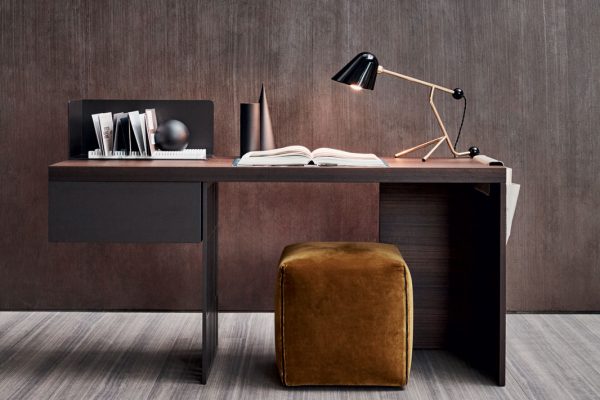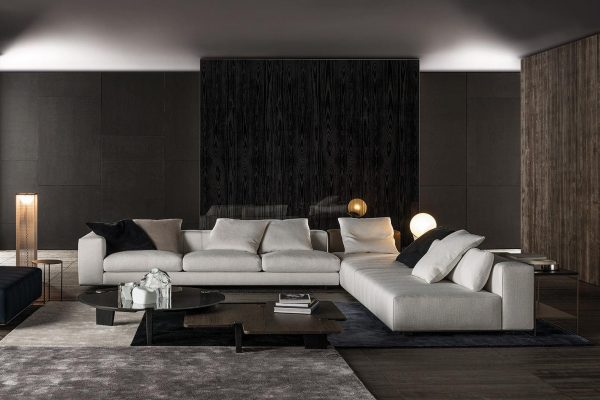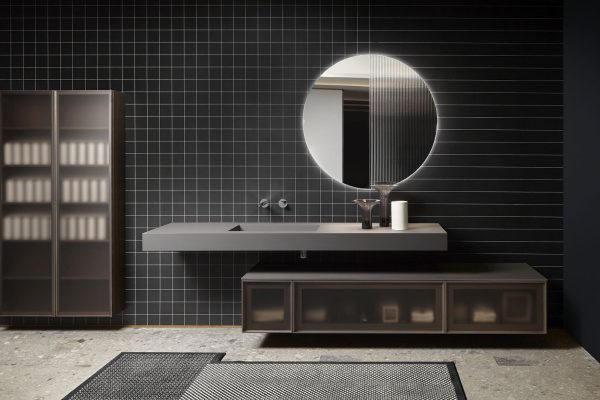There are numerous works and design projects by Zaha Hadid in Italy, and the Maxxi in Rome brings them together in an exhibition chronicling the Anglo-Iraqi architect’s work in our country.
Titled ” Zaha Hadid‘s Italy,” the exhibition brings together works and projects by the architect spread throughout Italy, from the aforementioned Maxxi, to the Maritime Terminal in Salerno, via the Messner Museum at Plan de Corones in South Tyrol to the newly inaugurated high-speed train station in Naples.
An installation conceived by Zaha Hadid Design that reinterprets in three dimensions the smooth, flowing lines of the sketches drawn by the architect for the Maxxi. Throughout Gallery 5, the one with the large window overlooking the square, are collected pictorial sketches, sketches and three-dimensional models as well as videos, objects and photographs that tell a 360-degree story of the architect’s thinking.
In addition to the long list of works and projects that have already been realized and those that remain on paper, the work that Zaha Hadid has accomplished in the world of design will be present, with excellent collaborations such as those with B&B Italia and Boffi.
One of the best known is the Moon System sofa designed in collaboration with B&B Italia where the name is a clear reference to the isolated forms that evoke the futuristic sculptural masses and some of the Iraqi architect’s architecture. A shape with an irregular and dynamic pattern that challenges the traditional seating theme.
His mind does not stop at the living area but continues in the kitchen. A year after his untimely death, Boffi decided to put into production the Cuna Island, designed by Zaha Hadid for a residential building in New York City. A sculptural work island where, a hollowed-out void on the front leaving space for seating, dominates the entire volume. This project expresses Boffi’s great ability in tailor-made realization.
The Maxxi’s is an exhibition that, as curator Guccione says, showcases “a brilliant designer who looked with interest at our country’s artistic and architectural tradition.”



